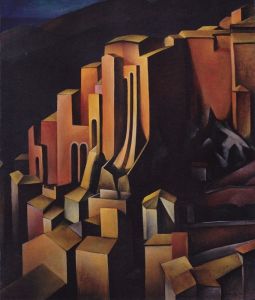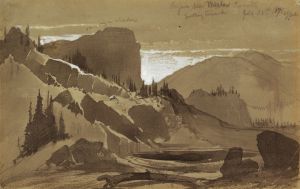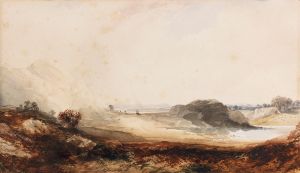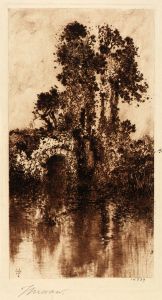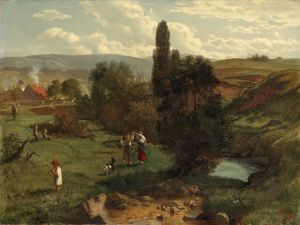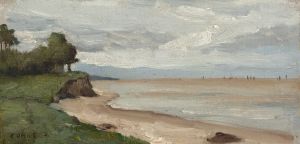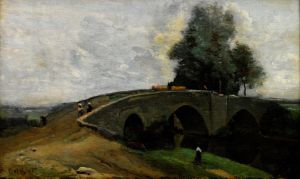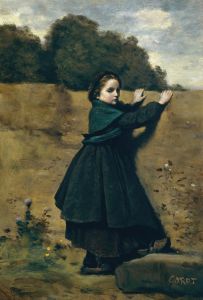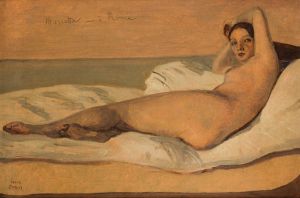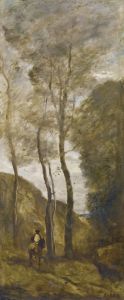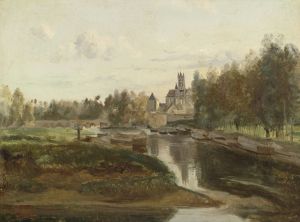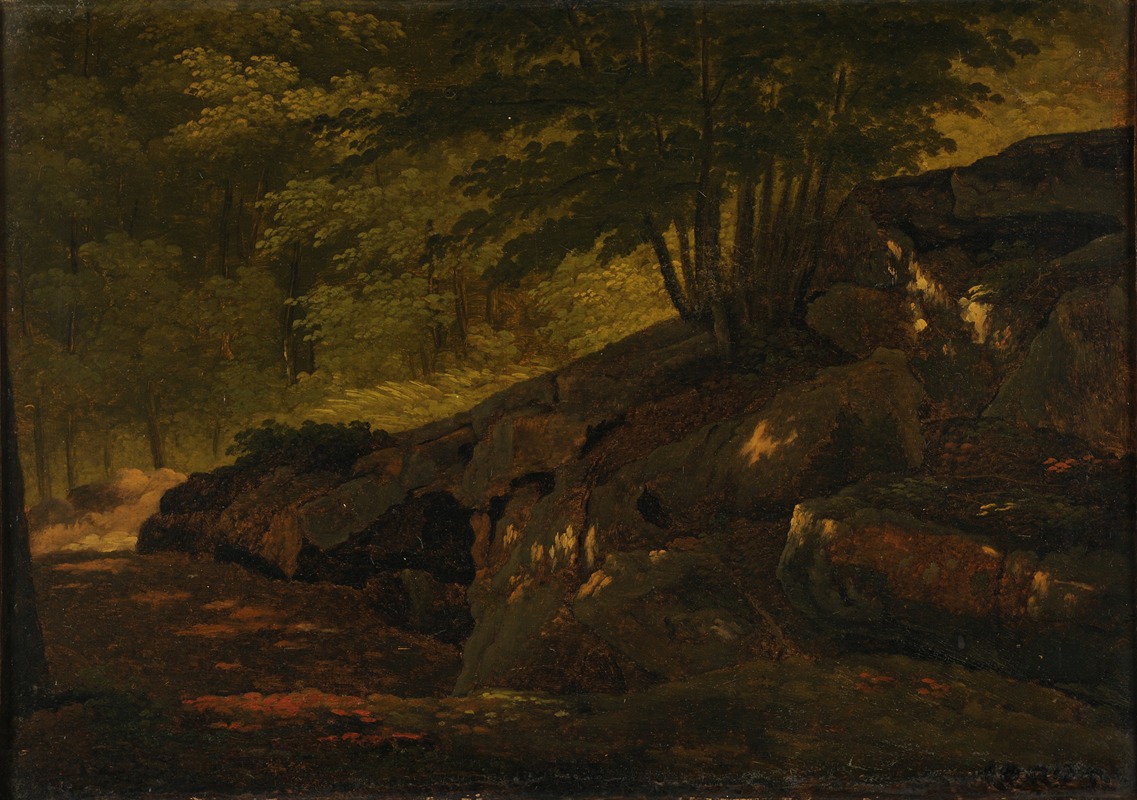
Sous-bois
A hand-painted replica of Jean-Baptiste-Camille Corot’s masterpiece Sous-bois, meticulously crafted by professional artists to capture the true essence of the original. Each piece is created with museum-quality canvas and rare mineral pigments, carefully painted by experienced artists with delicate brushstrokes and rich, layered colors to perfectly recreate the texture of the original artwork. Unlike machine-printed reproductions, this hand-painted version brings the painting to life, infused with the artist’s emotions and skill in every stroke. Whether for personal collection or home decoration, it instantly elevates the artistic atmosphere of any space.
Jean-Baptiste-Camille Corot, a pivotal figure in landscape painting, created "Sous-bois," a work that exemplifies his mastery of capturing the serene beauty of nature. Corot, born in Paris in 1796, was a leading figure in the Barbizon School, a movement that emphasized naturalism and the depiction of rural landscapes. His work laid the groundwork for the Impressionist movement that followed.
"Sous-bois," which translates to "Underwood" or "Forest Undergrowth," is a testament to Corot's ability to convey the tranquil and intimate aspects of the natural world. Painted in the mid-19th century, this piece reflects Corot's mature style, characterized by a harmonious blend of realism and lyrical beauty. The painting depicts a wooded area, capturing the interplay of light and shadow as it filters through the canopy of trees. Corot's use of a muted color palette and soft brushwork creates a sense of depth and atmosphere, inviting viewers to experience the quietude of the forest.
Corot's approach to painting was influenced by his extensive travels throughout Europe, particularly his visits to Italy, where he was inspired by the landscape and the quality of light. These experiences informed his technique and his understanding of how to depict the natural environment. In "Sous-bois," Corot employs a delicate balance of detail and abstraction, focusing on the overall mood rather than precise representation. This approach allows the viewer to feel the essence of the scene rather than just observe it.
The Barbizon School, to which Corot was closely associated, was named after the village of Barbizon near the Forest of Fontainebleau in France. Artists of this movement sought to break away from the formalism of academic art and instead painted en plein air, or outdoors, to capture the changing effects of light and atmosphere. Corot's "Sous-bois" embodies this philosophy, as it reflects a direct engagement with nature and an emphasis on capturing the transient qualities of the landscape.
Corot's influence extended beyond his own time, impacting the Impressionists who admired his ability to convey mood and atmosphere. Artists such as Claude Monet and Camille Pissarro drew inspiration from Corot's work, particularly his innovative use of light and his approach to composition. "Sous-bois" is an example of how Corot's work bridged the gap between traditional landscape painting and the emerging modernist tendencies of the late 19th century.
Today, "Sous-bois" is appreciated not only for its aesthetic qualities but also for its historical significance in the evolution of landscape painting. Corot's ability to capture the subtle nuances of nature continues to resonate with audiences, making his work a lasting testament to the beauty of the natural world. His paintings, including "Sous-bois," are housed in major museums and collections worldwide, where they continue to be studied and admired for their contribution to the development of modern art.
In summary, "Sous-bois" by Jean-Baptiste-Camille Corot is a quintessential example of the artist's skill in depicting the serene and intimate aspects of nature. Through his innovative use of light, color, and composition, Corot created a work that not only captures the essence of the forest but also serves as a bridge between traditional and modern approaches to landscape painting.






